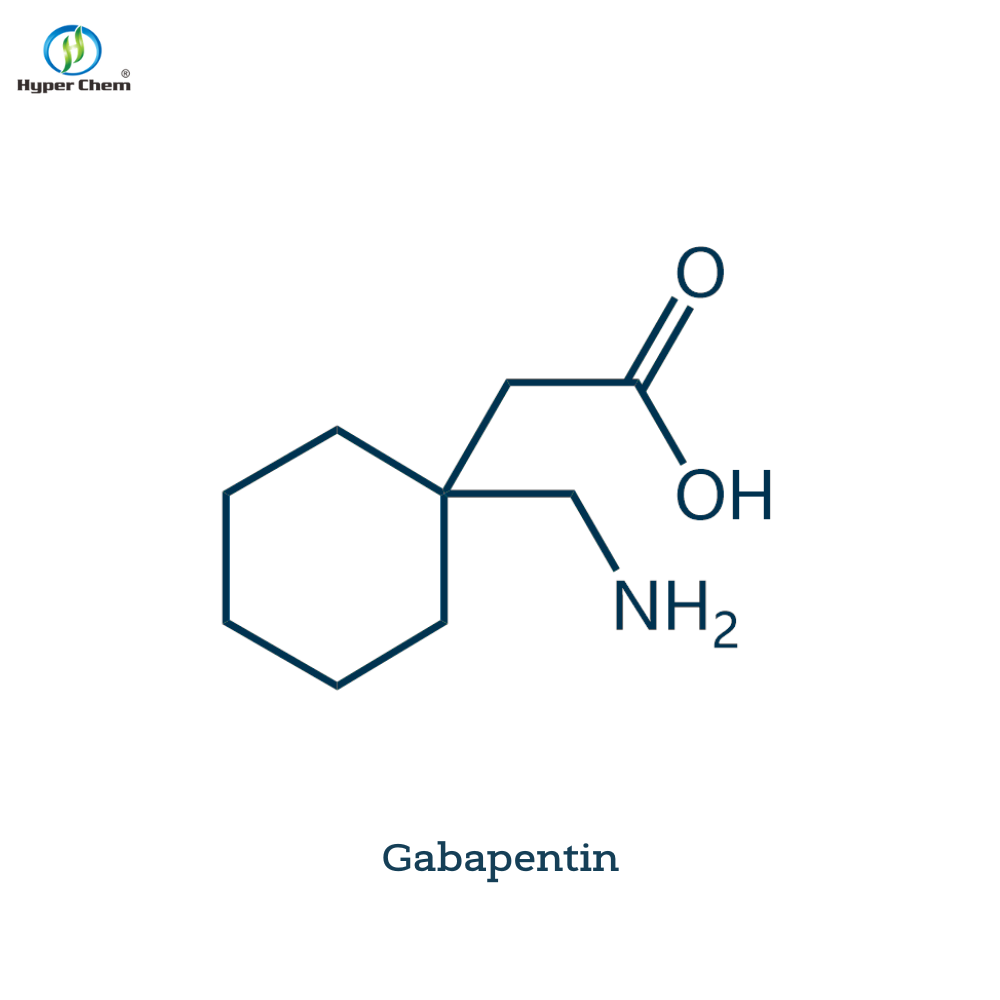-
Categories
-
Pharmaceutical Intermediates
-
Active Pharmaceutical Ingredients
-
Food Additives
- Industrial Coatings
- Agrochemicals
- Dyes and Pigments
- Surfactant
- Flavors and Fragrances
- Chemical Reagents
- Catalyst and Auxiliary
- Natural Products
- Inorganic Chemistry
-
Organic Chemistry
-
Biochemical Engineering
- Analytical Chemistry
-
Cosmetic Ingredient
- Water Treatment Chemical
-
Pharmaceutical Intermediates
Promotion
ECHEMI Mall
Wholesale
Weekly Price
Exhibition
News
-
Trade Service
Written by - Guo Weiwei, Xiong Weiwei Editor-in-Chief - Wang Sizhen Editor - Yang Binwei startle reflex is a highly conservative instinctive defense behavior possessed by mammals, which involves the reactions of hundreds of muscles throughout the animal's body, mainly manifested as closed eyes, facial and neck contractions and full-body bouncing, and is often accompanied by the suspension of current behavior and an increase
in heart rate.
Figure 4 The 5-HT1B receptor on RtTgP-GABA neurons mediates the fear-enhancing startle reflex
(Source: Guo, WW et al.
, Mol Psychiatry, 2022)
Figure 5 Work summary figure: Neural loop mechanism of shock reflex and fear enhancing shock reflex (Source: Xiong Wei Laboratory, University of Science and Technology of China)
Article conclusion and discussion, inspiration and prospect
In general, the study analyzes the neural circuits and molecular mechanisms of fear enhancing the shock reflex from the dimensions of loop identification, neuron type analysis, transmitter type judgment and downstream receptor subtype (Figure 5): First, the strength of the shock reflex is positively correlated
with the excitement level of RtTgC-Glu neurons.
Second, there is a locally inhibitory microloop between RtTgP-GABA and RtTgC-Glu neurons, the presence of which allows the body to avoid being too sensitive
to external stimuli in normal physiological conditions.
Finally, conditional fear activates DRN-5-HT neurons, which are further relieved of the local inhibitory effect of RtTgP-GABA on RtTgC-Glu by projecting them onto RtTgP-GABA neurons and acting on 5-HT1B receptors, and achieving enhanced regulation
of fear on the basal shock reflex.
The research results deepen the understanding of the neural mechanism of advanced emotion regulation instinctive defense behavior in the current field, and also provide a new direction
for the clinical development of drug action targets and treatment methods that can more effectively treat abnormal shock reflex.
In addition to conditioned fear, innate fear, such as threats from predators or strong competitors of high social ranks within the same species, also affect the body's jump reflex
.
About the Author (Swipe Up and Down to Read)
Xiong Wei (Corresponding Author) is the Vice Dean, Professor and Doctoral Supervisor
of the School of Life Sciences, University of Science and Technology of China.
He is the winner of the National Outstanding Youth Science Fund, the leading talent of scientific and technological innovation of the "10,000 people plan", and the chief scientist
of the "13th Five-Year Plan" key research and development plan of the Ministry of Science and Technology.
Professor Xiong Wei's research group has long been engaged in relevant scientific research in the field of neurobiology and neurochemistry, including brain aging and neurodegenerative diseases, neural circuits and neurometabolic regulation, research and development of new metabolomics technology, ion channel regulation, etc.
, and has achieved a series of important research results
.
Research was published in Cell, Nature Methods, Nature Metabolism, Nature Neuroscience, Nature Chemical Biology, Nature Communications, Journal of Experimental Medicine, PNAS, Cell Reports and other international academic journals
.
The work was selected as one of the "Top Ten Advances in China's Life Sciences"
in 2018.
He has received a number of state-level fund funding such as the key research and development plan of the Ministry of Science and Technology and the key project of
the Fund Committee.
Selected articles from previous issues
[1] J Neurosci-Li Shao/Ma Tonghui team revealed the orthogonal array structure of AQP4 in aquaporin point mutation depolymerization mice and reduced its polar distribution at astrocyte endpodium
[2] Cereb Cortex—Yu Yuguo team-built a human brain energy and activity map to reveal the law of energy distribution
[3] Inflamm Regen—Wu Anguo/Qin Dalian/Wu Jianming's team revealed that the seedling medicine to catch the yellow herb active monomer improved the pathology of Alzheimer's disease
[4] Transl Psychiatry—Reticular meta-analysis: Drug treatment strategies for hyperprolactinemia caused by antipsychotics
[5] Nat Metab-Xiong Wei's research group elucidated a new target for alcohol and cannabis to synergistically lead to sports toxicity
[6] PloS Genet—Lingyan Xing/Liucheng Wu/Junjie Sun collaborated to reveal a new mechanism of non-cellularized degeneration of motor neurons in spinal muscular atrophy
[7] Neuron—a new molecular mechanism by which synaptic initiating proteins regulate ultrafast endocytosis
[8] JNNP-Qiu Wei/Yu Qingfen's team discovered a susceptibility gene for familial optic nerve myelitis spectrum disease
[9] Nat Neurosci - Breakthrough! Electrical stimulation of the brain can sustainably improve work and long-term memory in older adults
[10] Nat Methods—Zhang Yang's team released a common structure comparison algorithm for proteins/nucleic acids and their complexes: US-align
Recommended for high-quality scientific research training courses
【1】Course Preview | How can neural stem cells be cultured efficiently? This time to give you a thorough lecture (September 22, 2022 (Thursday) 19:00-20:30)
[2] Special Topic Training on Biomedical Statistics on Clinical Prediction of R Language (October 15-16, Institute of Genetics and Developmental Biology, Chinese Academy of Sciences, Beijing)
Meeting/Forum Notice
[1] Trailer | Conference on Neuromodulation and Brain-Computer Interface (October 13-14, Beijing Time)
Welcome to Logical Neuroscience
【1】Talent Recruitment—"Logical Neuroscience" Recruitment Article Interpretation/Writing Position (Network Part-time, Online Office)
References (swipe up and down to read)
[1] LeDoux J.
[2] Guo, W.
[3] Boecker, L.
[4] Morgan, C.
End of article







